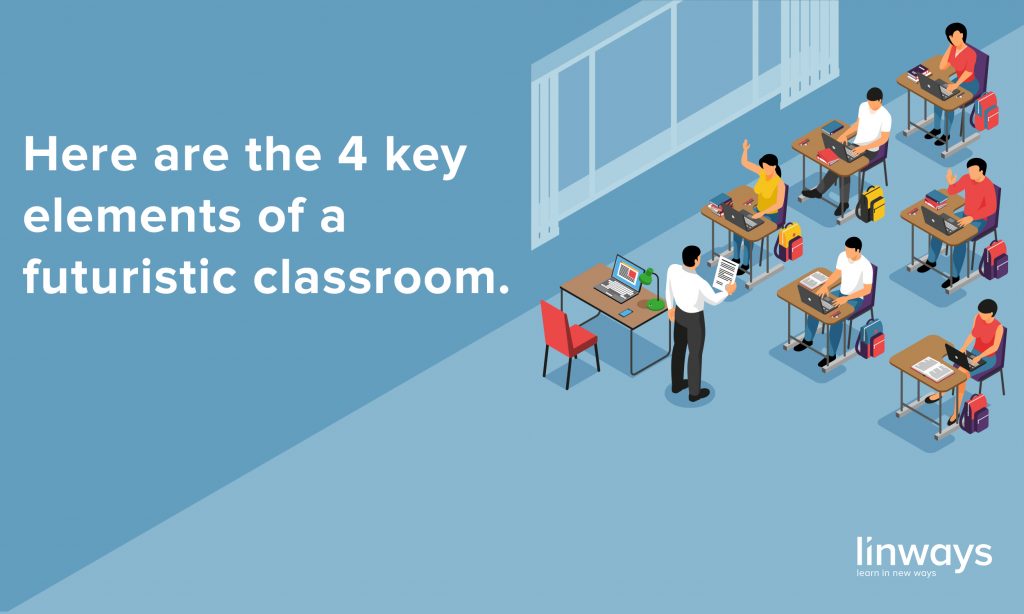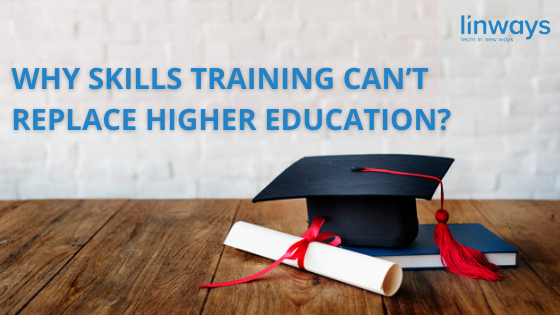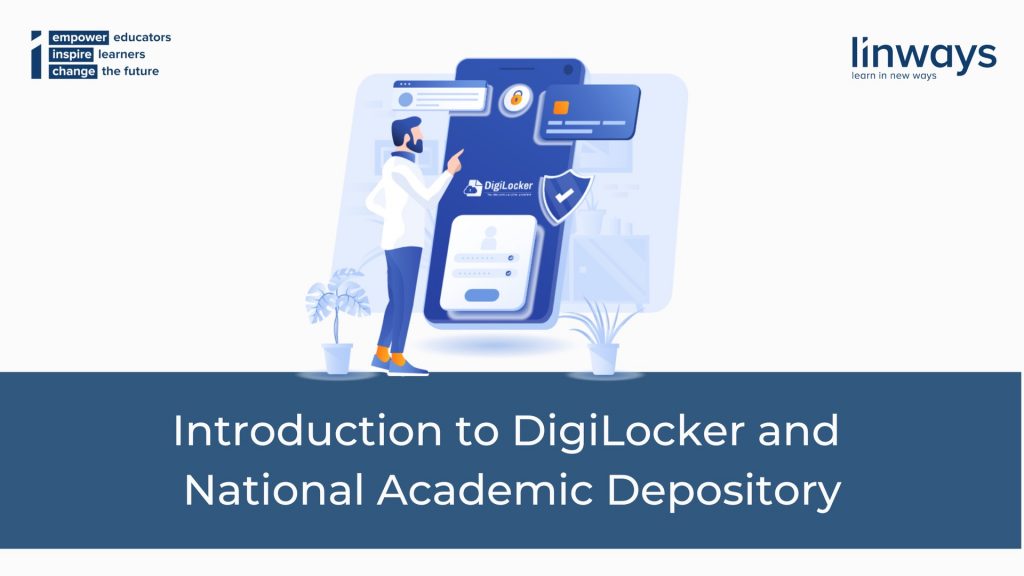
The classroom is one of the most complex environments we all go through, during what is thought to be some of the most important stages of our life.. It contains all sorts of habitats which can shape/disfigure, develop/disintegrate, and define/leave out, who we are going to be. In fact, the diverse nature of the classroom teaches us the art of survival, even if it’s of the fittest.
And when it comes to contain it (what won’t be contained,) it’s no surprise the teachers have the most demanding job in the world. They are expected to turn children into men, teach them to survive, and construct a society from what they have got.
But is there any way to do this with efficiency, and a little grace??
We have seen a fair share of teachers complaining about the old teaching methods which has been there since like the beginning of time.
But can we blame them for not producing results with those seriously outdated tools and methods used by our ancestors??
No.
After we decided to spend some time thinking why the classrooms haven’t been changed much for past few centuries, the answer was right there!, smiling at us. Do you want to know what it was??
It has changed. And the changes were revolutionary. It was just that most of those changes were localized and was not scalable. More importantly, they were ideal for some, but just wasn’t enough for the rest.
But we already know that!!.
Remember? The diversity?
That is one of the most innate factors of education. There was never a one-size-fits-all form of education. There never should be, if you ask us. That is the beauty of education. It accepts the differences, and build on them better individuals. That’s what makes us social. We need all kinds of people.
Still, if we try hard enough, we can find some common threads that connect all the dots. And that is what we are doing here. We tried to figure out some of those common threads and looked closely enough to find some interesting teaching practices and techniques that almost anyone could employ.
These are some of the proven methods that have the potential to change the teaching experience.
Here you go:
- Plan early, and prepare well. Improvisation in the teaching-learning processes are probably not as important as one would imagine. Decide what you are going to discuss in the classroom beforehand and prepare. Now if you are an experienced teacher, chances are, you have already had a few bitter experiences on improvisations. You might know what to teach and how to present, but a little bit of preparation will help you to have a better control and flow, which could help you to retain the interest of the students, once you are past those first few minutes.
- Know the results you want to achieve. When preparing, a well thought out plan that defines the end results, as to what the students must achieve, is the best way to prepare. This might be a little more difficult than just moving with the curriculum. But in the long run, this could save a lot of your time and energy. These end results are called outcomes, and there are a few of them, like the course outcomes, program outcomes, etc. There are techniques to define course outcomes which are easy to master. And if you want to know more about the course outcomes and program outcomes, check out our blog here.
- The teacher should be able to excite the learners. We HAD to say this one even though everybody knows this. The one thing a teacher should be able to do over anything else is to inspire, and excite their students. Once you build curiosity in students, the learning becomes a process they want, instead of something they have to do. Now yes, we all know that much, but the teachers who actually do it are rare. And that is your opportunity to be distinct. We are not going to discuss any tricks or hacks to do this, because each classroom has a soul of its own and once you find it, you’ll know how to. You can read our blog on competency based education to check out an effective way to do this.
- Share the expected outcomes with the students. Tell them what they are about to learn and why they do it. Once you do it, they could be able to contribute more into the teaching-learning process than you would have thought. Check out our blog on student centered learning and here for more on this.
- The curriculum should benefit the society, the industry and the students. Also, biased opinions and prejudices should be discouraged during defining the curriculum. This one is actually not just for the teachers. The curriculum is a carefully designed set of plans to cover the areas of knowledge the students should learn. And like we said in the previous point, there should be a system in place to know what they want to learn too. Also, including other stakeholders like the parents, experts from the industry, etc.; can provide some important insights on deciding and planning the curriculum. This could help improve the efficiency of the syllabus. Read our blog on outcome based education to know more about this.
- Ease the tension and be friendly. This one is mostly dependent on the age group, teacher-student relationship, and the cultural background of the students. Sometimes a little freedom could help to construct a more interactive environment inside the classroom. But you have to be careful about it though. When done the wrong way, this could do more bad than good. If you think you could handle it, and if the students need it, try to ease the tension and talk freely. They’ll love you.
- Use technology to optimise the flow of information. This technique is rather new compared to the others in this list. What we are talking about here is called the flipped classroom concept. This mode of instruction relies on technology to share the course materials with the students before the class and the learning happens outside the class. In the class, the students apply what they have learned watching the videos of the lectures the teacher gave, to solve problems and arrive to conclusions, where the teacher just supports and helps them. This is a great way to provide individual attention for each of the students. Check out our blog on flipped classroom for more here.
And remember: it is you who have to decide what is best for your students. May some of these techniques will work for you, and some won’t. It’s all dependent and you will have to carefully decide depending on the students you teach.
Please let us know in the comments if you have anything to add to the list.




